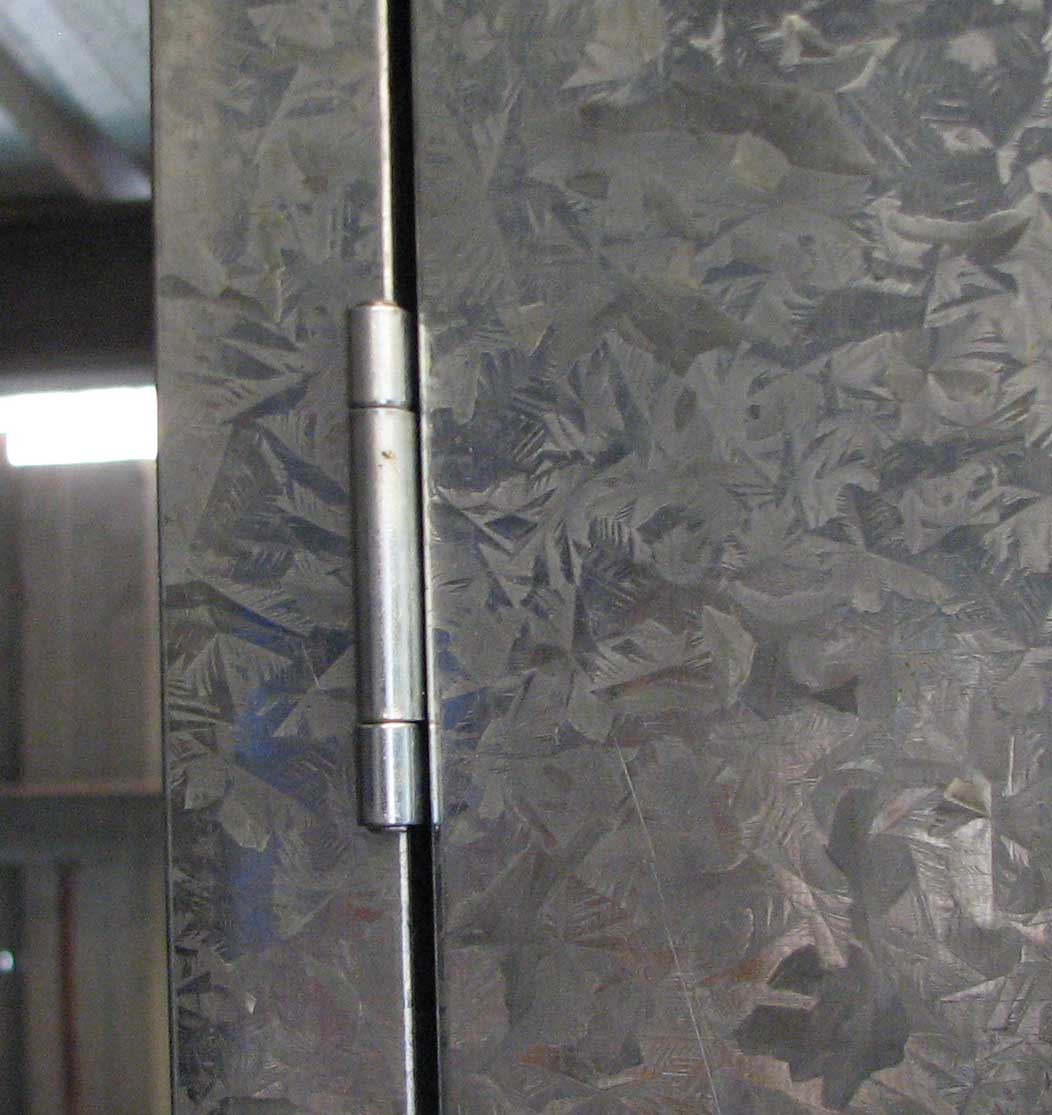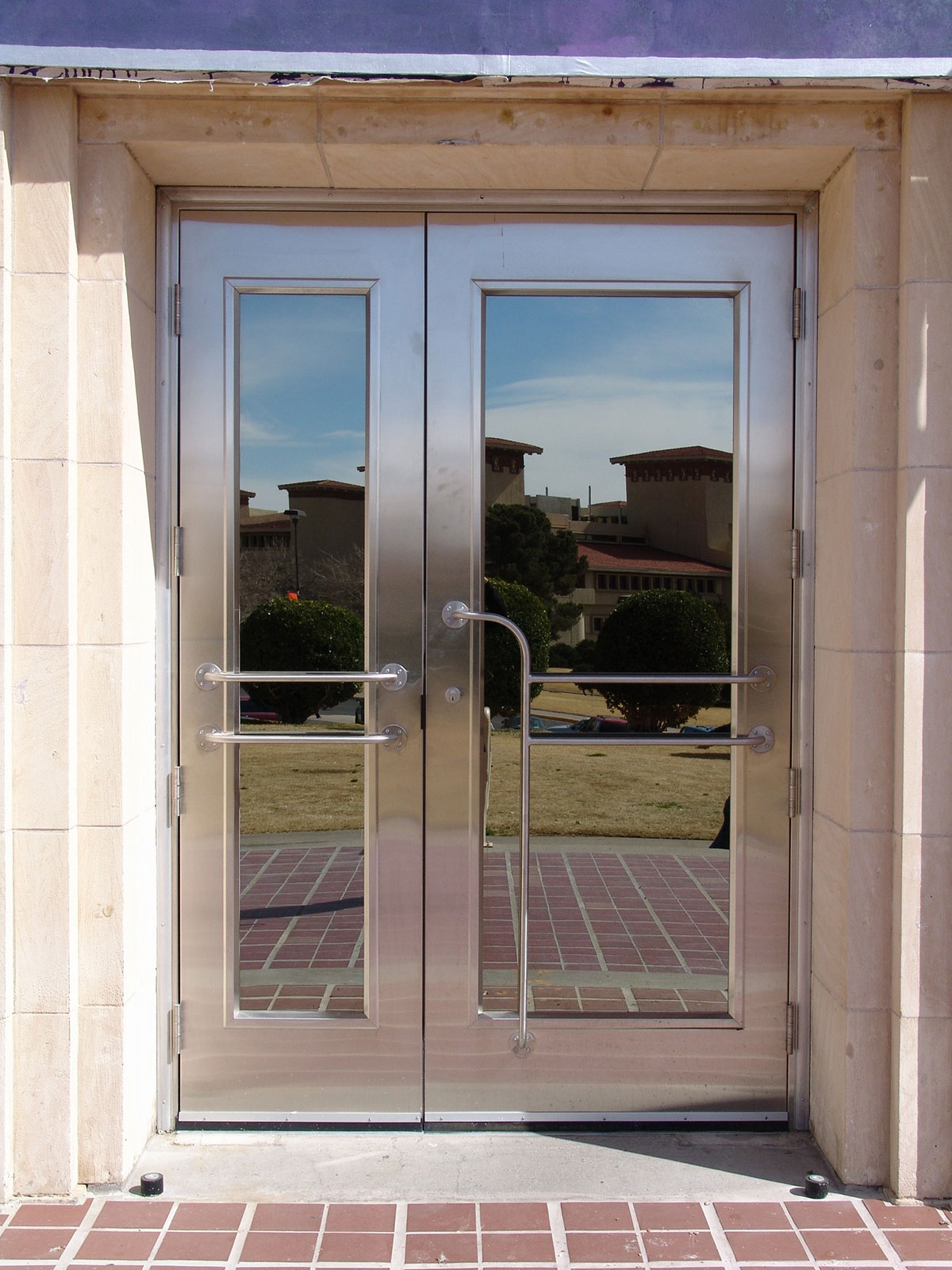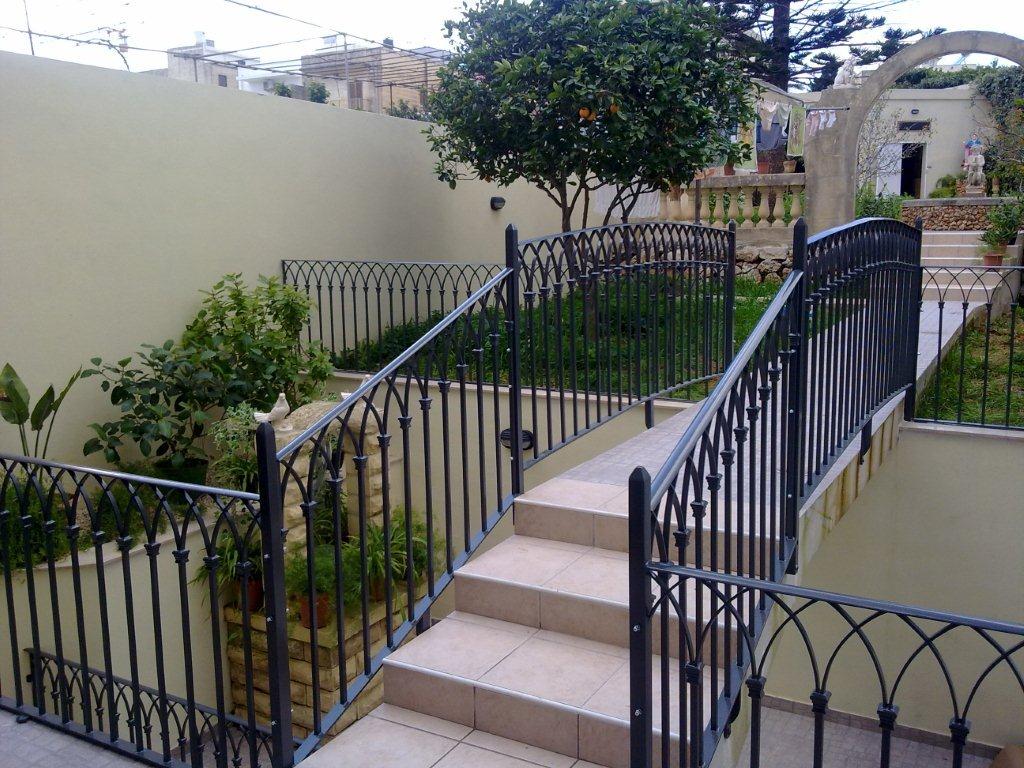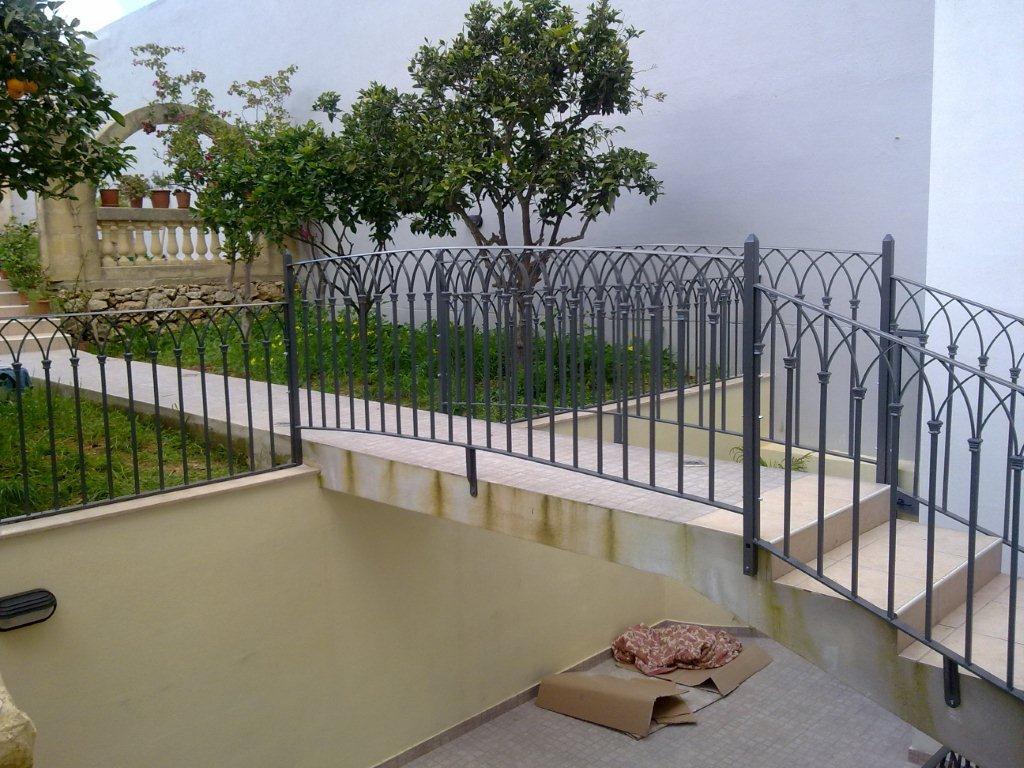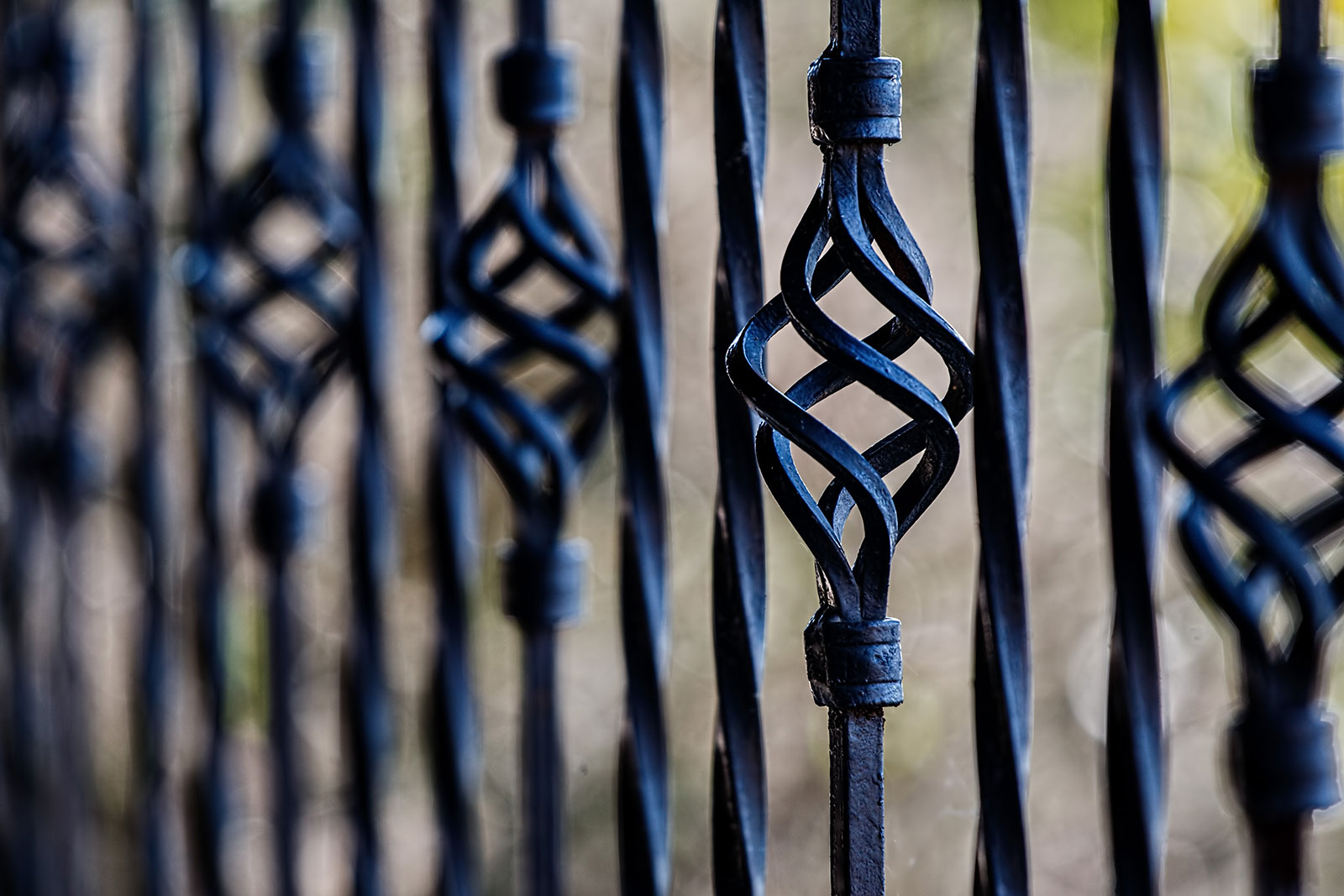Galvanised Steel
Galvanising involves the coating of iron or steel with zinc. This results in a significant increase in protection against corrosion for the base iron or steel material. At Aluserv, we utilise various methods of galvanising such as;
- Hot-Dip Galvanising
This involves removing any paint, weld slag or varnish from the iron or steel and cleaning it through a series of baths, and then finally immersing it in molten zinc. This results in a relatively thick layer of zinc which will crystalize over the surface. This crystalline surface is referred to as spangles. Hot-Dip creates intermetallic alloy layers between the inner zinc surface and the base material. This middle layer tends to be hard and brittle and may flake if the iron or steel element is bent.
- Electro Galvanising
This comprises of the immersion of iron or steel within an electrolyte, a solution of zinc sulphate or cyanide. The electrolytic action that occurs deposits a coating of pure zinc over the surface of the iron or steel, allowing us to control the thickness of the layer accurately. Unfortunately, this method does not generally allow for the creation of a layer as thick as that of Hot Dip.
- Metallising
This process consists of an abrasive cleaning. Zinc is then melted within a heated application gun and combustion gases or compressed air is used to apply the zinc to the iron or steel surface. Unlike in Hot-Dip, this does not raise the temperature of the base material. It also does not create intermetallic alloy layers.
Stainless Steel
Stainless steel provides several unique benefits that make it a powerful candidate when selecting your material. Engineers, architects, and designers often underestimate or overlook these values due to the higher initial cost of stainless steel. However, over the total life of a project, this material is often the best value option.
- Corrosion resistance
Lower alloyed grades resist corrosion in atmospheric and pure water environments, while high-alloyed grades can resist corrosion in most acids, alkaline solutions and chlorine bearing environments, properties which are utilised in process plants.
- Hygiene
The easy cleaning ability of stainless steel makes it the first choice for strict hygiene conditions, such as hospitals, kitchens, abattoirs and other food processing plants.
- Aesthetic appearance
The bright and easily maintained surface of stainless steel creates a modern and attractive appearance.
- Strength-to-weight advantage
The work-hardening property of austenitic grades, that results in a significant strengthening of the material from cold-working alone, and the high strength duplex grades, allow reduced material thickness over conventional grades, providing cost savings.
- Ease of fabrication
Modern steel-making techniques mean that stainless steel can be cut, welded, formed, machined and fabricated as readily as traditional steels.
- Long-term value
When the total lifecycle costs are considered, stainless steel is often the least expensive material option.
Wrought Iron
The art of Wrought Iron has never died, although new materials have become available, giving clients much greater choice. Iron has been in use for millennia and its evolution has been extensive with regard to designs and typologies of profiles.
At Steelserv, one finds an array of possibilities for custom-made works, such as:
- Gates;
- Fences;
- Railings;
- Staircases;
- Curtain walls;
- Glass plate façades;
- Furniture; and
- Various configurations of doors and windows.
Materials used for the fabrication of the above items are Black or Galvanised Iron, sprayed to client’s RAL choice (the European standard in colour matching), Stainless Steel in 304 or 316, and Brass finishes for doors and windows.
Wrought Iron is endless in terms of configuration. We can expand on the ideas brought up by the client to produce personalised solutions. Steel is robust and durable. The elasticity module of steel is 210 kN/mm2, which is the highest of the principle materials used for the manufacture of apertures.
This enables Architects and Designers to have large-format doors or show windows in their designs, which are popular in public areas, such as Airports, Shopping Malls, Schools and Hospitals. Recently developed painting systems eliminate corrosion problems that used to hinder the use of steel in areas of high salinity.
Apertures are manufactured using profile systems that can take rubber gaskets. This reduces noise, air infiltration and water leakages. Steel profiles can also utilise Thermal Break, which reduces energy loss through conduction and therefore saves on electricity bills. Steel is also ideal when fire-rated apertures are required. These specialised systems include, beside neoprene gaskets, intumescent strips that expand 600 times under heat and so prevent the ingress of smoke that can be as dangerous as the fire itself.

